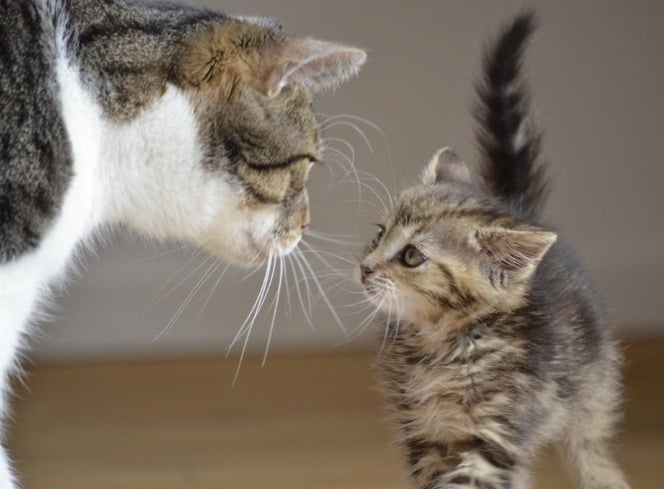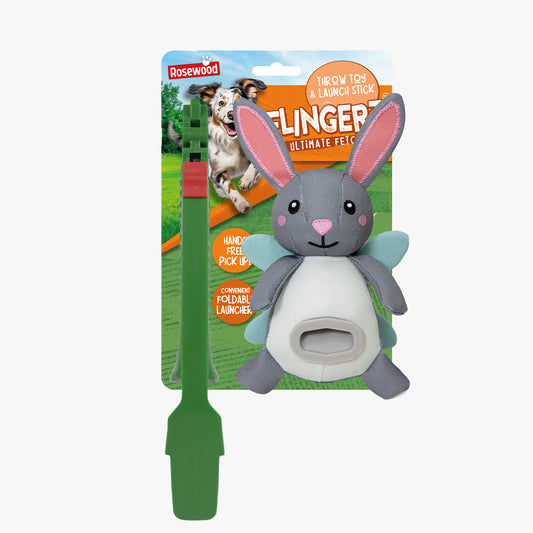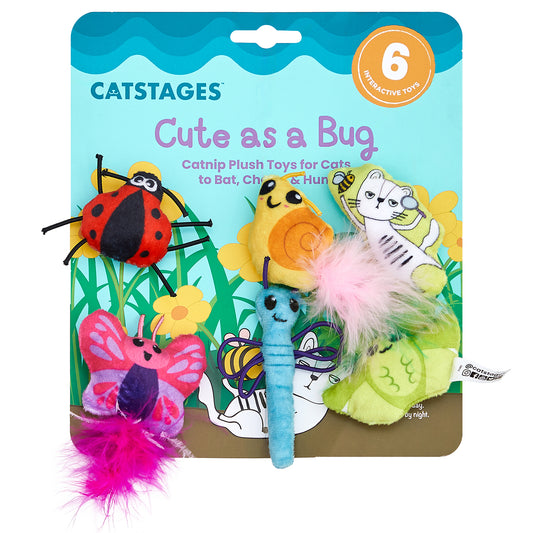Understanding the growth stages of cats is essential for providing them with the appropriate care, nutrition, and environment they need to thrive. From tiny kittens to fully grown adults, cats undergo significant changes both physically and behaviourally. This comprehensive guide explores the feline growth stages, answering common questions like "when do cats stop growing?" and "what age can cats become pregnant?" to help you navigate your cat's developmental journey.
Here at Lords & Labradors we’ve carefully curated our range of cat products to support your cat through every stage of their development. Shop our cat essentials here.
Stages of a Kitten's Development

Kittens grow rapidly, and their development can be categorised into several distinct stages:
1. Neonatal Stage (0-2 Weeks)
In the neonatal stage, kittens are entirely dependent on their mother. They are born blind and deaf, relying on their sense of touch and smell to find warmth and food. During this period, they sleep almost constantly and are unable to regulate their body temperature.
2. Transitional Stage (2-4 Weeks)
Between two to four weeks, kittens begin to open their eyes and ears, starting to respond to sounds and sights. They start to develop their sense of balance and may attempt their first steps. This is a critical phase in the kitten development stages as they begin to explore their immediate surroundings.
3. Socialisation Stage (4-12 Weeks)
This stage is vital for social development. Kittens learn to interact with their mother, siblings, and humans. They start to play, which is essential for developing motor skills and social behaviours. During this period, they are weaned off their mother's milk and introduced to solid food.
4. Juvenile Stage (3-6 Months)
At this stage, kittens are more independent and energetic. They experience rapid growth and refinement of their physical abilities. Training and socialisation are crucial during this time to ensure they develop into well-adjusted adults.
5. Adolescent Stage (6-12 Months)
Kittens begin to reach sexual maturity during the adolescent stage. Behavioural changes may occur, such as increased territoriality or marking behaviours. It's an ideal time to consider spaying or neutering to prevent unwanted pregnancies and reduce certain behaviours.
Six-Month-Old Kitten: What to Expect

A six-month-old kitten is comparable to a human teenager. They are adventurous, curious, and may test boundaries. Physically, a six-month-old kitten size is about 75% of their full-grown size. This is also when many kittens become sexually mature, leading to the question, "at what age can a kitten get pregnant?"
What Age Can Cats Become Pregnant?
Understanding "what age can cats become pregnant?" is crucial for preventing unwanted litters. Female cats can become pregnant as early as 5 to 6 months old. Similarly, male cats can impregnate females at this age. Therefore, early spaying or neutering is recommended.
When Do Kittens Stop Growing?
Many cat owners wonder, "when do kittens stop growing?" The growth rate slows significantly after the first year. However, most domestic cats continue to grow until they are about 18 months old. Larger breeds, like the Maine Coon, may not reach full size until they are 3 to 4 years old.
When Is a Cat Fully Grown?
Determining when a cat is fully grown depends on various factors, including breed, nutrition, and overall health. Generally, cats reach full physical maturity between 18 months to 2 years of age. However, mental and emotional maturity may take a bit longer, with some cats retaining kitten-like behaviours well into adulthood.
How Long Is a Cat a Kitten?
Cats are generally considered kittens until they reach one year old. However, the transition from kitten to adult can vary.

Kitten Growth Stages: A Summary
To recap the kitten growth stages:
- 0-2 Weeks: Neonatal stage; entirely dependent on the mother.
- 2-4 Weeks: Transitional stage; sensory development begins.
- 4-12 Weeks: Socialisation stage; learning behaviours and social skills.
- 3-6 Months: Juvenile stage; rapid growth and increased independence.
- 6-12 Months: Adolescent stage; sexual maturity and behavioural changes.
- 12 Months+: Adult stage; generally a kitten is considered a cat once they reach 1 year old.
How Quickly Do Kittens Grow?
Kittens grow rapidly, especially in the first six months. They can double or triple their weight in just a few weeks. This rapid growth requires a nutrient-rich diet formulated for kittens to support their development. We stock plenty of high-quality and nutrient-rich kitten food which are perfect for supporting your kitten's growth.
Feline Growth Stages and Nutrition
Proper nutrition is vital throughout the feline growth stages. Kittens need food high in protein, fat, and essential nutrients to support their rapid growth. As they approach adulthood, their dietary needs change, and transitioning to adult cat food is necessary.
Cat Growth and Health Monitoring
Regular veterinary visits are essential to monitor cat growth and development. Your vet can track weight, height, and overall health, ensuring your cat is on the right path.
Conclusion
Understanding the growth stages of cats is crucial for providing the best care throughout their lives. From the rapid development in kitten-hood to reaching full maturity, being informed helps you anticipate their needs and promote a healthy, happy life.
Remember, while general timelines exist, each cat is unique. Factors like breed, genetics, nutrition, and health play significant roles in their development. If you have concerns or questions about your cat's growth, consult your veterinarian for personalised advice.
By staying attentive to your cat's growth and development, you ensure they not only grow in size but also flourish in health and happiness, enriching both their life and yours.
Shop everything you need to help nurture your kitten through all their growth stages here at Lords & Labradors. From high quality food, to luxury cat trees and interactive toys we have everything you could need.










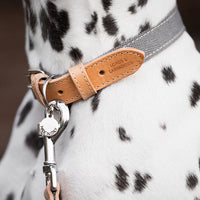





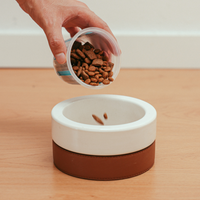












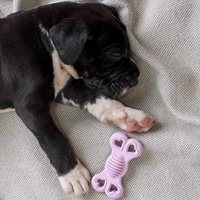
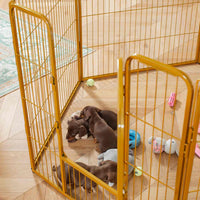
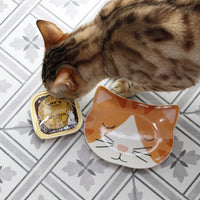


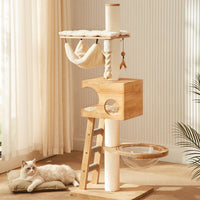
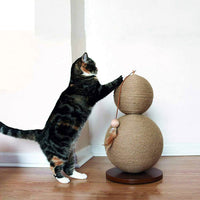

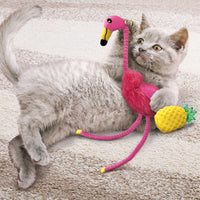
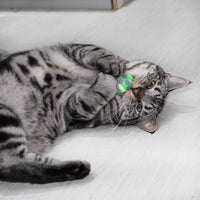
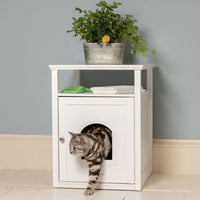
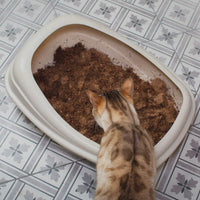

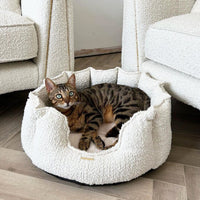
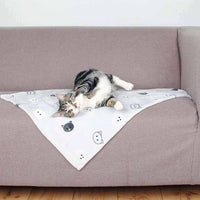
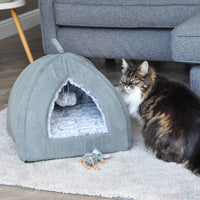
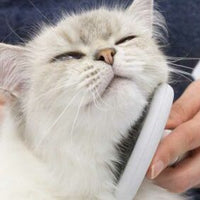
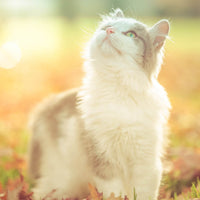







.jpg?v=1727875267251&options=)








